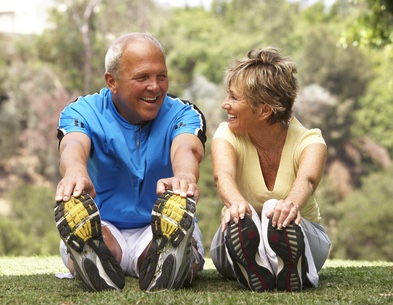Cum sociis Theme natoque penatibus et magnis dis parturie montes, nascetur ridiculus mus. Curabitur ullamcorper id ultricies nisi.
Cum sociis Theme natoque penatibus et magnis dis parturie montes, nascetur ridiculus mus. Curabitur ullamcorper id ultricies nisi.
Flexibility is a vital component of overall health and well-being, especially for seniors. As we age, our muscles and joints lose elasticity, leading to stiffness, reduced mobility, and an increased risk of injury. However, incorporating regular flexibility exercises into a fitness routine can help maintain mobility, improve balance, and enhance quality of life. Here’s why flexibility matters for seniors and how working with a personal trainer can make a difference.
Flexibility is a vital component of overall health and well-being, especially for seniors. As we age, our muscles and joints lose elasticity, leading to stiffness, reduced mobility, and an increased risk of injury. However, incorporating regular flexibility exercises into a fitness routine can help maintain mobility, improve balance, and enhance quality of life. Here’s why flexibility matters for seniors and how working with a personal trainer can make a difference.
Flexibility isn’t just about reaching down to touch your toes—it’s about maintaining the ability for your muscles and joints to move comfortably and efficiently through their full range of motion.. For seniors, this is crucial for maintaining independence and performing daily tasks like bending, reaching, or climbing stairs.
Some key benefits of flexibility for seniors include:
Flexibility exercises should be gentle and tailored to your current range of motion. Here are a few tips to get started:
While improving flexibility is possible on your own, working with a personal trainer can provide significant advantages. Trainers understand seniors’ specific needs and limitations, ensuring exercises and stretches are safe and effective.
A personal trainer can:
For seniors who have access to building gyms or prefer working out at home, a personal trainer can demonstrate easy-to-follow stretches and guide you through routines that fit your lifestyle.
Improving flexibility isn’t just about staying limber; it’s about preserving independence and enjoying life to the fullest. Regular stretching, combined with strength and balance exercises, can help seniors maintain their mobility, prevent injuries, and feel more confident in their movements.
If you’re a senior looking to enhance your flexibility or want guidance on how to start, consider working with a personal trainer who understands your unique needs. A well-designed program can help you move better, feel stronger, and improve your quality of life at any age.

